isMCS Field Courses
printBiodiversity sampling #1: Nature Park Strunjan (Slovenia)
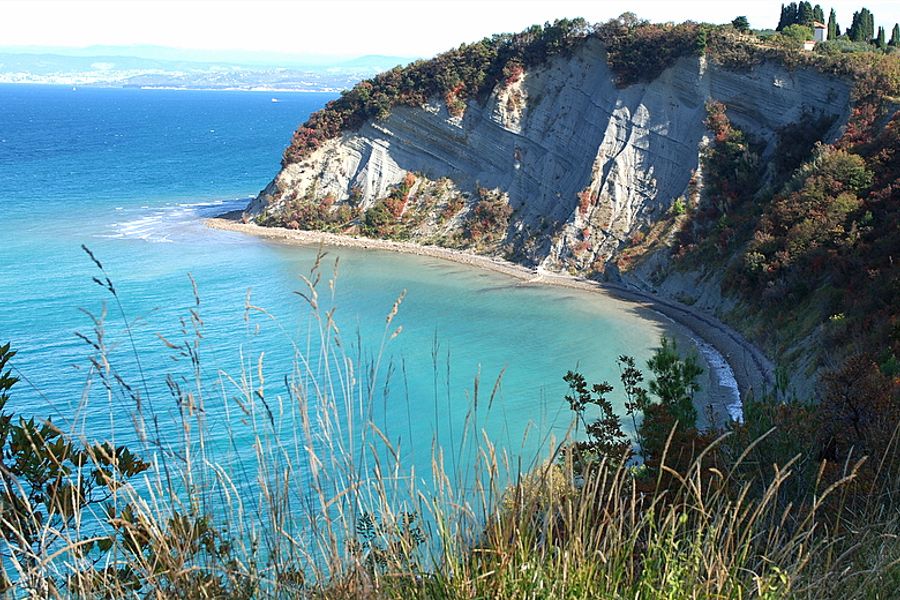 Landscape Park Strunjan is the only nature park in Slovenia which includes the sea. Centuries long tradition of agriculture, fishing and salt production has allowed advanced coexistence of man and nature. The result is high biodiversity in many different habitat types, including the highest flysch cliffs in the Adriatic. The park also represents one of the northernmost points of the growth for some Mediterranean plant species. Landscape park Strunjan is habitat of several marine protected species, including five species of Cystoseira (Cystoseira sp.), three species of sea grasses (Cymodocea nodosa, Zostera marina and Z. nolti), date shell (Litophaga litophaga), noble pen shell (Pinna nobilis), Mediterranean killifish (Aphanius fasciatus), loggerhead sea turtle (Caretta caretta), Mediterranean Gull (Larus melanocephalus) and European Shag (Phalacrocorax aristotelis). The most important habitats present are estuaries, mudflats and sandflats not covered by seawater at low tide, reefs, annual vegetation of drift lines, Mediterranean salt meadows, Mediterranean and thermo-Atlantic halophilous scrubs, vegetated sea cliffs of the Mediterranean coasts, coastal lagoons and Mediterranean dry and semi-dry grasslands.
Landscape Park Strunjan is the only nature park in Slovenia which includes the sea. Centuries long tradition of agriculture, fishing and salt production has allowed advanced coexistence of man and nature. The result is high biodiversity in many different habitat types, including the highest flysch cliffs in the Adriatic. The park also represents one of the northernmost points of the growth for some Mediterranean plant species. Landscape park Strunjan is habitat of several marine protected species, including five species of Cystoseira (Cystoseira sp.), three species of sea grasses (Cymodocea nodosa, Zostera marina and Z. nolti), date shell (Litophaga litophaga), noble pen shell (Pinna nobilis), Mediterranean killifish (Aphanius fasciatus), loggerhead sea turtle (Caretta caretta), Mediterranean Gull (Larus melanocephalus) and European Shag (Phalacrocorax aristotelis). The most important habitats present are estuaries, mudflats and sandflats not covered by seawater at low tide, reefs, annual vegetation of drift lines, Mediterranean salt meadows, Mediterranean and thermo-Atlantic halophilous scrubs, vegetated sea cliffs of the Mediterranean coasts, coastal lagoons and Mediterranean dry and semi-dry grasslands.
Biodiversity sampling #2: Miramare Marine Reserve (Italy)
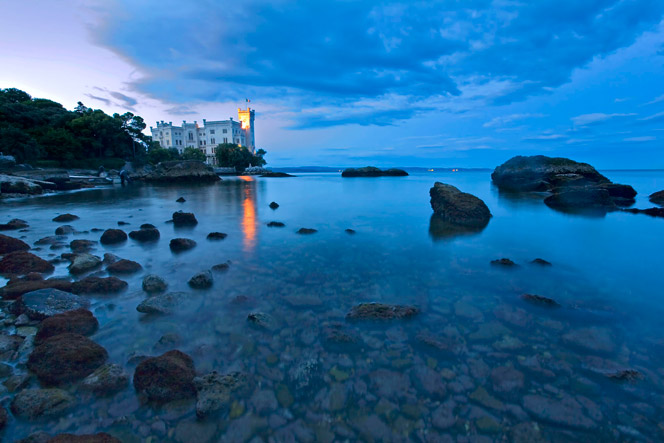 Miramare marine reserve is located in the municipality of Trieste, Gulf of Trieste. The reserve, with a depth of up to 18 meters, protects the waters that surround the famous Miramare Castle. It includes the coastal marine habitat, from rocky inland shore to gradual change to muddy shores. This area conserves a rich underwater environment and represents a management example for marine protected areas. Among the many marine habitats particular importance is played by the area between the low and high tide limits. The rocky promontory is home to a rich biodiversity of marine organisms as important anchoring sites for many algae and marine invertebrates. It also provides the necessary substrate for egg deposition and a refuge for many species of fish.
Miramare marine reserve is located in the municipality of Trieste, Gulf of Trieste. The reserve, with a depth of up to 18 meters, protects the waters that surround the famous Miramare Castle. It includes the coastal marine habitat, from rocky inland shore to gradual change to muddy shores. This area conserves a rich underwater environment and represents a management example for marine protected areas. Among the many marine habitats particular importance is played by the area between the low and high tide limits. The rocky promontory is home to a rich biodiversity of marine organisms as important anchoring sites for many algae and marine invertebrates. It also provides the necessary substrate for egg deposition and a refuge for many species of fish.
The nature reserve extends for 120 hectares, 30 of which are the core of the nature reserve and the remaining 90 hectares act as a “buffer” zone. In this sea stretch organisms that are able to live in extremely variable conditions cohabit: the main species are the peacock blenny (symbol of the nature reserve), the brown algae of the high Adriatic Sea, the seahorse and many other species.
Ecosystem based management: Sečovlje Salina Nature Reserve (Slovenia)
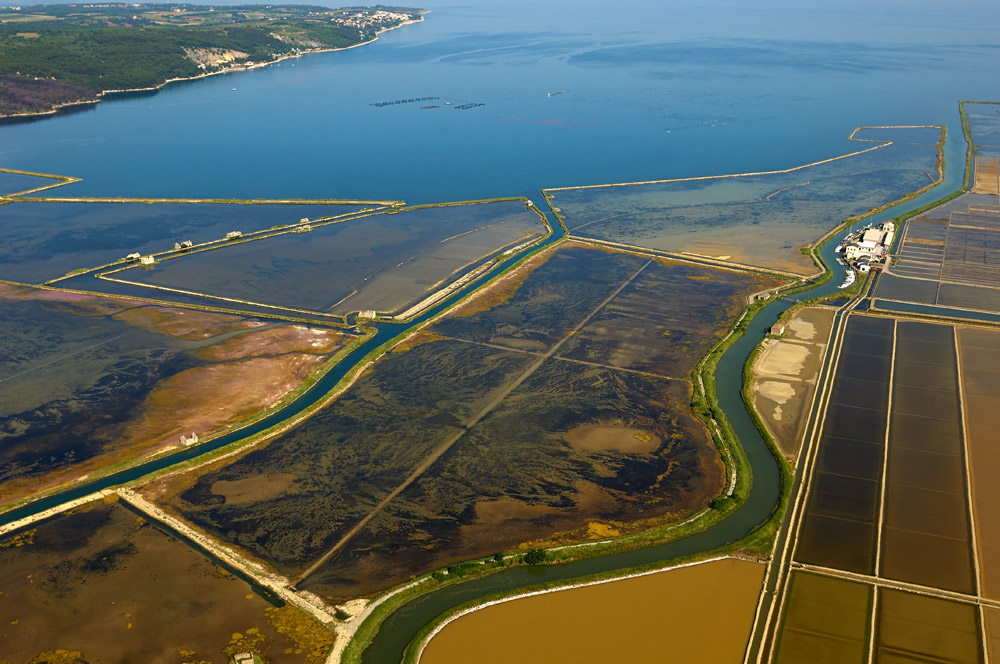 The Sečovlje Salina Nature Park is located along the Slovenian-Croatian boundary in the south-western part of Slovenia. Established in 2002, the Sečovlje salina area, a RAMSAR site since 1993, is a Nature Park covering about 650 ha. Although the salina was made by man in the early Middle Ages, today (after abandonment in the first half of the twentieth Century) it is a mosaic of natural habitats, containing not less than 5 important protected Natura 2000 habitat types: Mudflats and sand flats not covered by seawater at low tide, Tall rush saltmarshes, communities of Juncetalia maritime, Spartina swards, Spartinion maritimae, Salicornia and other annuals colonizing mud, Mediterranean and thermo-Atlantic halophilous scrubs - Sarcocornetea fruticosi (Ivajnšič and Kaligarič 2014). There is still a small corridor where the tidal regime is under control (a closed system) because of active salt making. The entire area is under the dynamic natural process of tidal inundation and sea level rise. SSNP is an internationally important wetland from an ornithological perspective as well, since in this area 292 bird species have been recorded to date. Among these, at least 53 species are known to breed in the area. The great majority of the avian fauna in the salina are waterfowl, waders or seabirds.
The Sečovlje Salina Nature Park is located along the Slovenian-Croatian boundary in the south-western part of Slovenia. Established in 2002, the Sečovlje salina area, a RAMSAR site since 1993, is a Nature Park covering about 650 ha. Although the salina was made by man in the early Middle Ages, today (after abandonment in the first half of the twentieth Century) it is a mosaic of natural habitats, containing not less than 5 important protected Natura 2000 habitat types: Mudflats and sand flats not covered by seawater at low tide, Tall rush saltmarshes, communities of Juncetalia maritime, Spartina swards, Spartinion maritimae, Salicornia and other annuals colonizing mud, Mediterranean and thermo-Atlantic halophilous scrubs - Sarcocornetea fruticosi (Ivajnšič and Kaligarič 2014). There is still a small corridor where the tidal regime is under control (a closed system) because of active salt making. The entire area is under the dynamic natural process of tidal inundation and sea level rise. SSNP is an internationally important wetland from an ornithological perspective as well, since in this area 292 bird species have been recorded to date. Among these, at least 53 species are known to breed in the area. The great majority of the avian fauna in the salina are waterfowl, waders or seabirds.
Biological and social values of rescue centres and aquaria: Sea Turtle Rescue Centre, Aquarium Pula (Croatia)
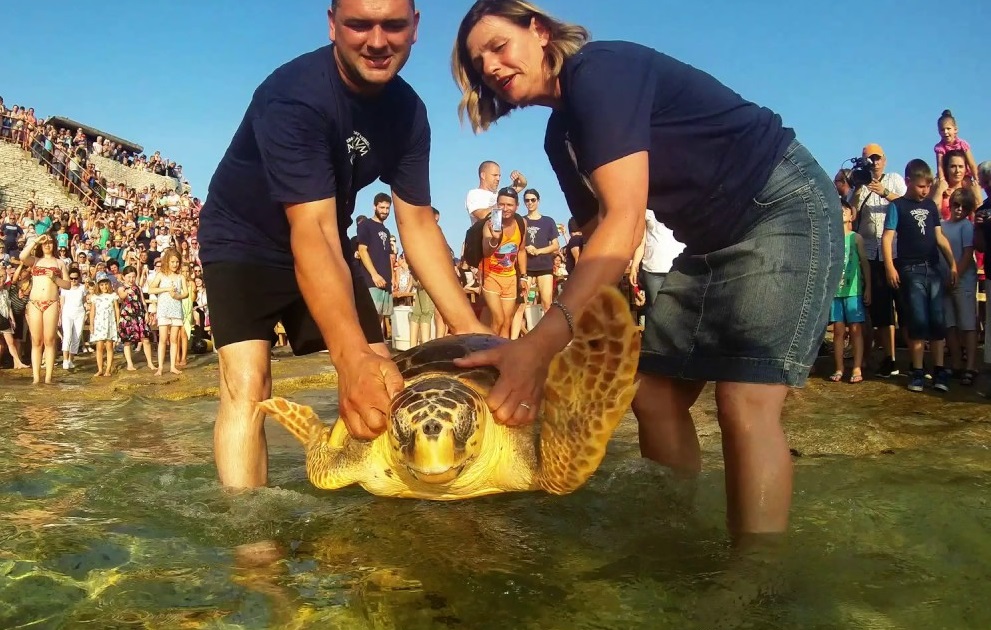 Aquarium Pula is stationed in remarkable Austro-Hungarian fort Verudela built in 1886. The Aquarium promotes the Natural heritage of Adriatic Sea and the need for its protection and valorization. There are several exhibitions displayed with North Adriatic, Mediterranean and Tropical Marine among the most interesting. The Aquarium is planning to open three additional tanks, each of 50 cubic meters of water capacity, that will allow them to display larger animals.
Aquarium Pula is stationed in remarkable Austro-Hungarian fort Verudela built in 1886. The Aquarium promotes the Natural heritage of Adriatic Sea and the need for its protection and valorization. There are several exhibitions displayed with North Adriatic, Mediterranean and Tropical Marine among the most interesting. The Aquarium is planning to open three additional tanks, each of 50 cubic meters of water capacity, that will allow them to display larger animals.
The Sea Turtle Rescue Center, operated as an NGO, is located inside Aquarium as well. The center is responsible for treatment of injured or ill sea turtles. For successful recovery it is well equipped with an X-ray machine and several recovery tanks, and has a sea turtle veterinary specialist employed. Each year the Centre organizes a public sea turtle release.
Marine conservation in practice: Adriatic Dolphin project, Blue World Institute (Croatia)
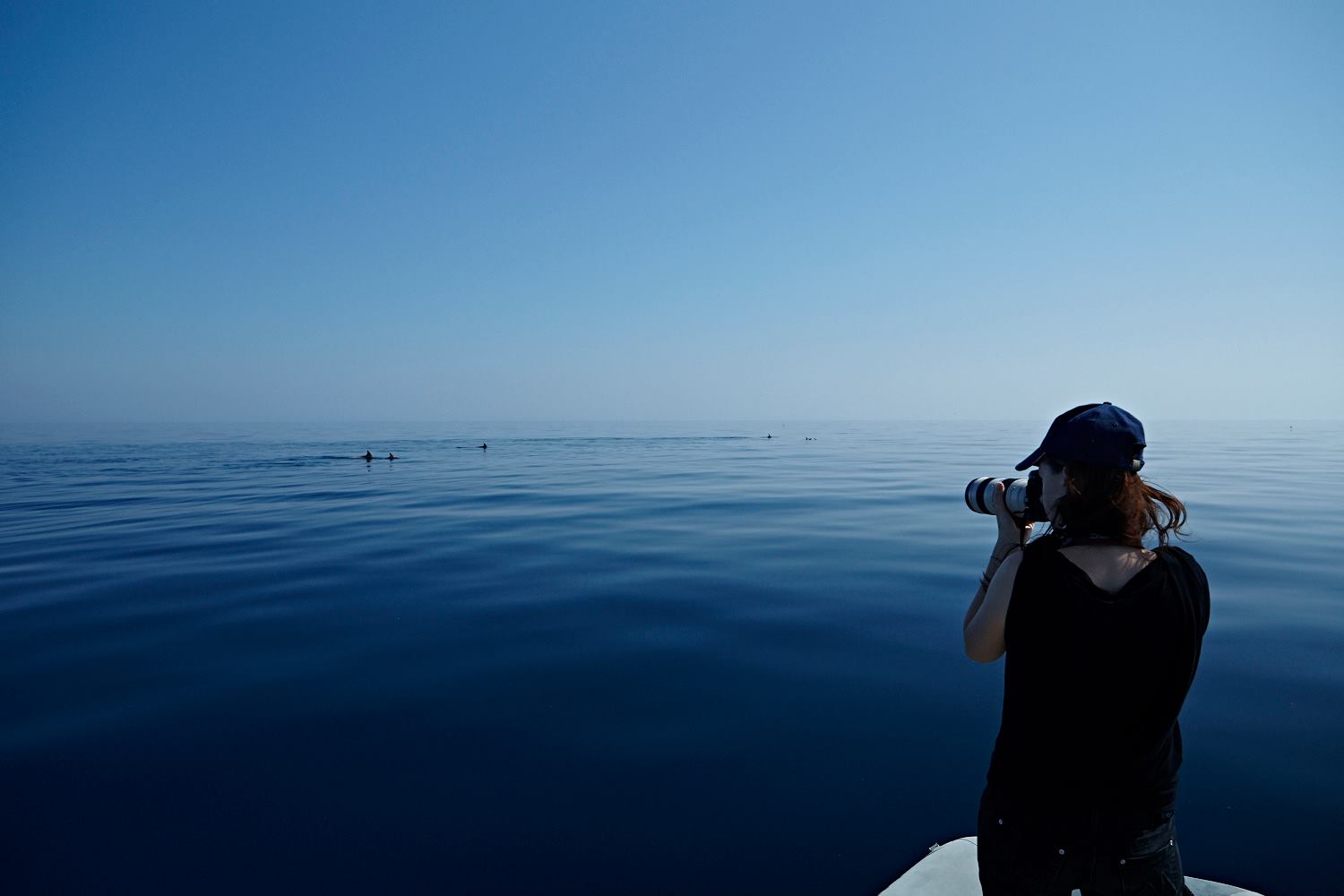 Adriatic Dolphin Project is an ongoing study of a resident bottlenose dolphin (Tursiops truncates) population in the Mediterranean Sea started in 1987. The aim of the project is the research of population ecology and associated conservation of bottlenose dolphins and other cetacean species in Adriatic. The project has been an example of best practice in the successful integration of scientific research with applied conservation resulting in declaration of six Natura 2000 sites for bottlenose dolphins.
Adriatic Dolphin Project is an ongoing study of a resident bottlenose dolphin (Tursiops truncates) population in the Mediterranean Sea started in 1987. The aim of the project is the research of population ecology and associated conservation of bottlenose dolphins and other cetacean species in Adriatic. The project has been an example of best practice in the successful integration of scientific research with applied conservation resulting in declaration of six Natura 2000 sites for bottlenose dolphins.
Blue World Institute of Marine Research and Conservation is an independent non-profit organization set up with intention to carry out scientific research and conservation of the marine environment as well as educational activities with an emphasis on the Adriatic Sea. Research, education and conservation programs provide a framework for executing multiple projects aimed at further understanding of the marine environment, its flagship species and public participation in their protection. Their research focuses on large marine vertebrates recognizing their invaluable role in the ecosystem.